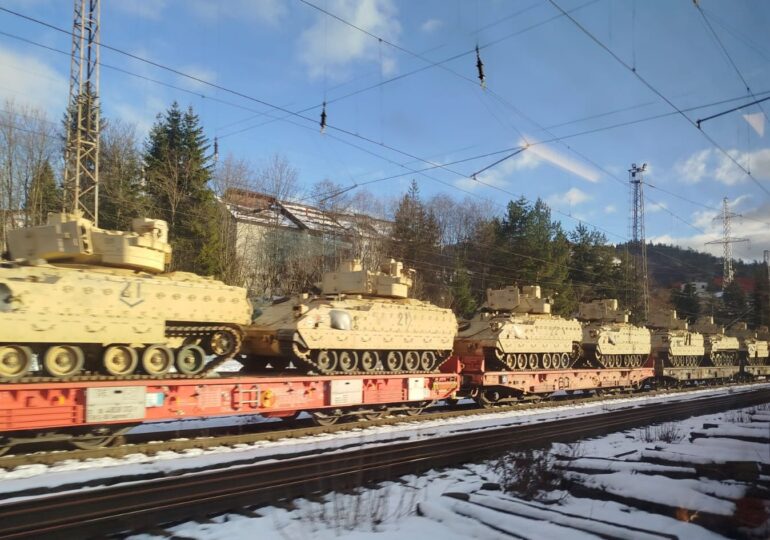The European Commission warns that the current infrastructure of the European Union is not prepared for a large-scale conflict with Russia.
Existing roads and railways are not suitable for the rapid movement of military equipment and NATO troops.
In the event of a Russian invasion, tanks could get stuck in tunnels, cause the collapse of bridges, or face significant delays at the border.
Apostolos Tzitzikostas, the European Commissioner for Transport, stated in an interview with Financial Times that €17 billion will be allocated to improve road and rail infrastructure in Europe, aiming to facilitate rapid mobilization in case of war. "The reality today is that if we want to transport military equipment and troops from Western Europe to the East, it takes weeks and, in some cases, months," he said.
"Europe's infrastructure is not prepared for the movement of tanks and heavy equipment. We have old bridges that need to be modernized. We have narrow bridges that need to be widened. And we have nonexistent bridges that need to be built," Tzitzikostas further explained, highlighting that the weight of a tank, around 70 tons, is much higher than the permitted limit for trucks on European roads.
The €17 billion will be invested in modernizing, extending, or building new bridges, as well as other infrastructure projects that will remain confidential for national security reasons.
The European bloc is currently developing a strategy to ensure that troops can move "within a few hours, maximum a few days" in case of an attack, by modernizing 500 infrastructure projects along four military corridors crossing the continent. These investments will support the creation of four rapid military transport corridors in the event of a major conflict with Russia.
The projects will be funded between 2028-2034 and will be in addition to the defense expenditures of 5% of GDP set for EU member states.
The European Commissioner also mentioned that currently, it would take weeks or even months to move military equipment from Western Europe to the East, a crucial factor in responding rapidly to an invasion.
Mark Rutte, the Secretary-General of NATO, warned in June that members of the alliance that Russia could attack a NATO country by 2030.
American General: Infrastructure in Romania is poor
American General Ben Hodges highlighted, in an interview at the end of March with Rail Freight magazine, the essential role of railway infrastructure in NATO's military mobility, providing a specific example from Romania.
"A heavy vehicle couldn't cross the Carpathians by road, the only option being the railway," he said.
He then explained that issues related to transporting military equipment in Europe became evident as early as 2015–2016, with the deployment of American troops in Poland and the Baltic states.
"We noticed difficulties in receiving spare parts, and when we asked for explanations, we were told that there was a lot of bureaucracy for transporting military equipment between NATO countries. It wasn't about tanks, just spare parts," Hodges further explained.
The American General emphasized that railway infrastructure is crucial to be able to quickly move military forces and deter aggression: "The Russians need to see that we can move our troops faster than they can."

